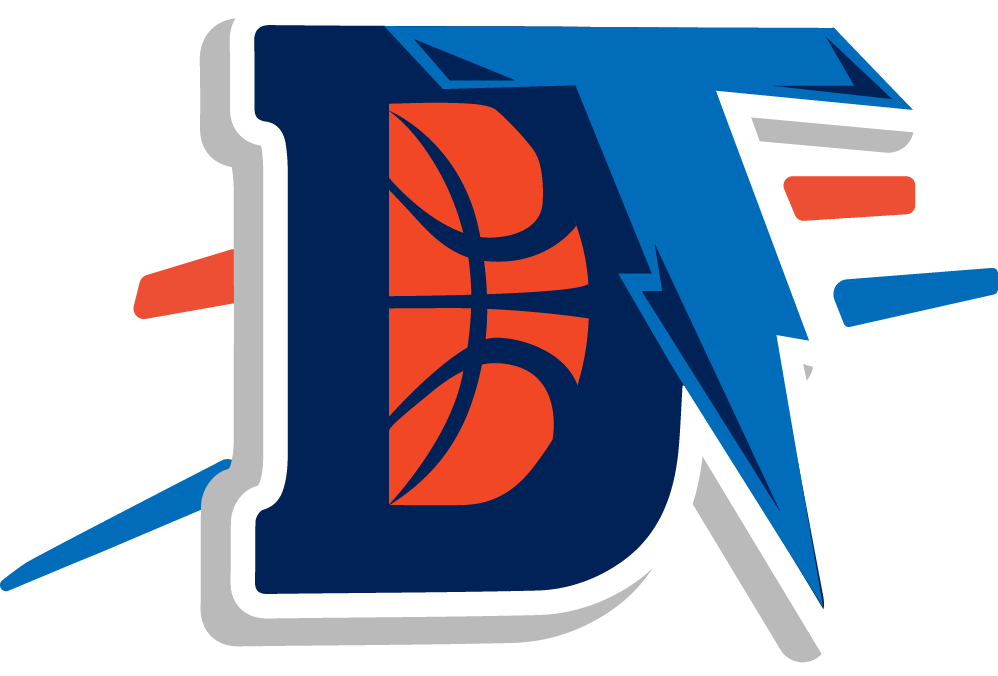Understanding Oklahoma City’s defensive problem
Last season the Thunder won 50 games based almost entirely great defense. You didn’t even have to look at the numbers to see it. Game by game, Oklahoma City was just playing really sound, fundamental team defense.
This season, not so good. The numbers have all dropped way off as well as the eye test. You can just see the Thunder’s not defending as well. And Sebastian Pruiti writing for Basketball Prospectus gives an excellent — and very accurate — look at it. (To read the full article you need to be a BP Insider.)
The two main areas where the Thunder is struggling on the defensive end this year are isolation situations and spot-up situations, according to Synergy Sports Technology. The Thunder is giving up .87 points per possession on isos (20th in the NBA) and 1.01 points per possession on spot-up opportunities (21st in the NBA). The most interesting thing is that the Thunder did really well in both of those instances last year, holding teams to .78 points per possession in iso situations (first in the NBA) and .94 points per possession in spot-up situations (fourth in the NBA). Sine the Thunder did not lose any rotation players this past offseason, it is interesting to see such a drop, and this leads to the question, “Is the Thunder’s team defense worse, or are the individuals playing worse?”
When looking at the individual Defensive Ratings of the Thunder’s top seven players, six of them (Kevin Durant, Serge Ibaka, Russell Westbrook, James Harden, Thabo Sefolosha, Nenad Krstic) have seen their defensive rating improve. The one who didn’t, is Jeff Green, who is posting a Defensive Rating of 105.8 this year after posting a 104.8 Defensive Rating last year.
Interestingly enough, Green is really struggling in the two areas that the Thunder as a whole struggle with. Green allows 1.11 PPP in iso situations (ranking him 215th in the NBA) while allowing 1.16 PPP in spot-up situations (ranking him 247th in the NBA). Green’s problem in iso situations is that he is a tweener, playing in between the three and four positions. While this creates mismatches on the offensive end, it leads to problems on the defensive end. Green isn’t quick enough to stay with threes, and he is too small to cover fours effectively.
